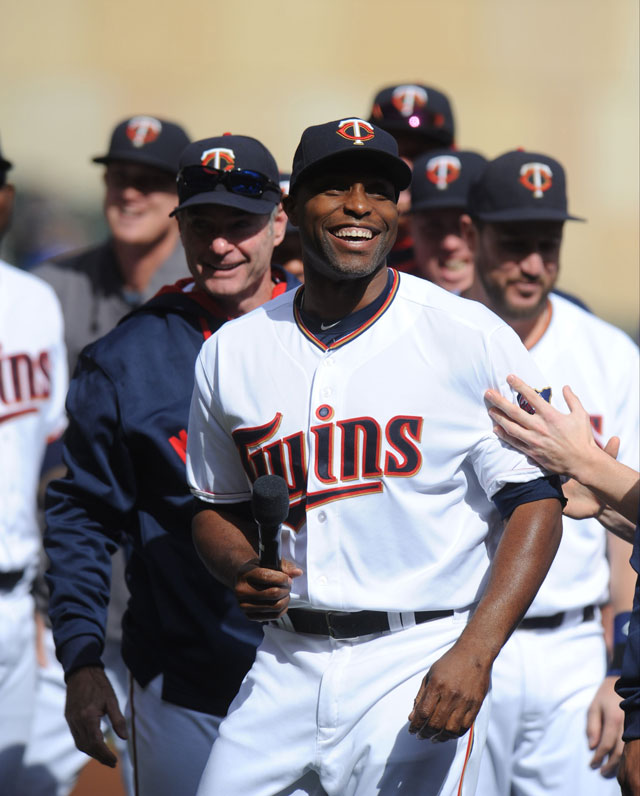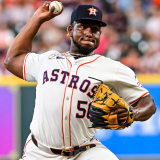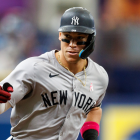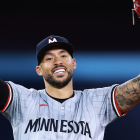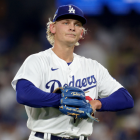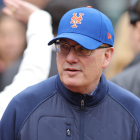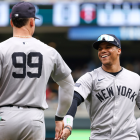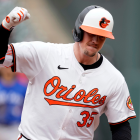The Minnesota Twins finished above .500 when nobody in the prediction business (perhaps literally) said it was possible. Miguel Sano emerged as one of the best young sluggers in the league, and it appears they have a great young manager with Paul Molitor. The playoffs didn't work out, but the Twins made a lot of progress in 2015. Now that they have been eliminated let's take a look back, along with a look ahead to next season ...
What went right in 2015:
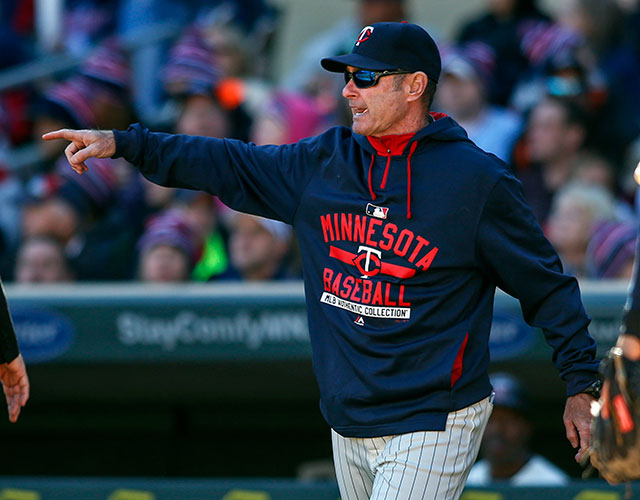
Molitor showed himself to be an adept manager in his first season. The Twins were mediocre up and down the lineup (for the most part), and their starting pitching was just OK overall. Kyle Gibson had a nice breakthrough season, but he's not going to be better than a good No. 4 in the long term. The bullpen was a strength, despite some disappointments, even with Glen Perkins hurting down the stretch for the second straight year. So, how did this team stay in the wild-card race until the last weekend of the regular season? Molitor, gumption and Miguel Sano. Sano came up midseason and hit like a future star. He strikes out a lot (hey, who doesn't these days?) but he's got great plate discipline and he seems to pay attention. His defense at third was not the worst ever. He made no errors in the field in 82 innings, which isn't worth much as a sample size -- but it's better than 10 errors! They're better on defense with Trevor Plouffe at third, certainly.
What went wrong in 2015: Not so much wrong, but Byron Buxton came in as the top prospect in the league, or 1-A, and he did not play well at 21 years old. But, there's a great chance that, given more time, he'll be just fine and the centerpiece the Twins have been hoping for.
Ervin Santana's drug suspension probably cost them the playoffs. He appeared in just 17 games, posting slightly above-average results.
Brian Dozier slugged over .513 with 19 homers in the first 88 games, but batted just .210 with a .359 slugging percentage in the final 69 games (not including the last day of the season). Why such a drop-off? He's just 28.
Joe Mauer: A batting line of .265 with a .338 on-base and .380 slugging percentage for $23 million is not an efficient allocation of resources for a smaller-market team.
Twins MVP: Their best player was Sano, but he played just half a season. Trevor Plouffe had more wins above replacement by a tenth than Brian Dozier, but their MVP probably was Dozier -- even though he slipped a lot in the second half after making the All-Star team.
Twins LVP: Danny Santana, meet regression. After surprising the heck out of evaluators everywhere by finishing seventh in AL Rookie of the Year voting a year ago, Salazar crashed and burned back to Earth, hitting an astonishingly bad .214 with a .532 on-base plus slugging and a 67-6 strikeout-to-walk ratio. Sustained a .180-point drop in slugging percentage.
Pending free agents: Torii Hunter, Mike Pelfrey, Neal Cotts, Brian Duensing and Blaine Boyer. A few big decisions here, particularly Hunter and Boyer.
2016 payroll commitments:
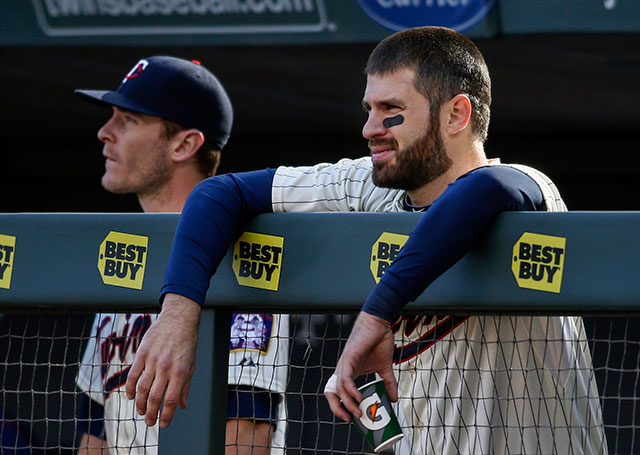
After paying out $108.3 million as of opening day 2015, they owe $73 million to seven players for next season. The biggie, of course, is Joe Mauer, who is set to earn $23 million for each of the next three seasons. He turns 33 on opening day, and has not been himself the past two seasons, presumably because of injuries that could include the effects of concussions. The Twins also are paying $13.5 million to Ervin Santana, $12 million to Ricky Nolasco and $9.2 million to Phil Hughes. For one reason or another, they did not get a good return on their investment in those pitchers in 2015.
Eight players are due for arbitration, notably third baseman Trevor Plouffe, relievers Kevin Jepsen and Casey Fien, both Eduardo infielders -- Nuñez and Escobar -- and left-hander Tom Milone. A possible non-tender, given the team's outfield depth, is Oswaldo Arcia. He's liable to go somewhere like Japan and be a star (total speculation), or to somewhere like the White Sox, who might be able to use an outfielder if Trayce Thompson doesn't work out.
Biggest offseason decision: Hunter, who cost $10.5 million in 2015. But who is making this decision? Seemingly, it's Hunter, who probably was leaning toward retirement at the start of the season. The Twins have said they want Hunter back, but it must be for qualities that don't easily show themselves in statistics, because his numbers are bad for an outfielder/DH -- especially taking into account Target Field's transformation into a hitter's park. In any statistical language, a slugging percentage barely over .400 is not what you want from a middle-of-the-order guy. His defense is no longer good, either. It's all understandable, because he's surpassed 40 years of age.
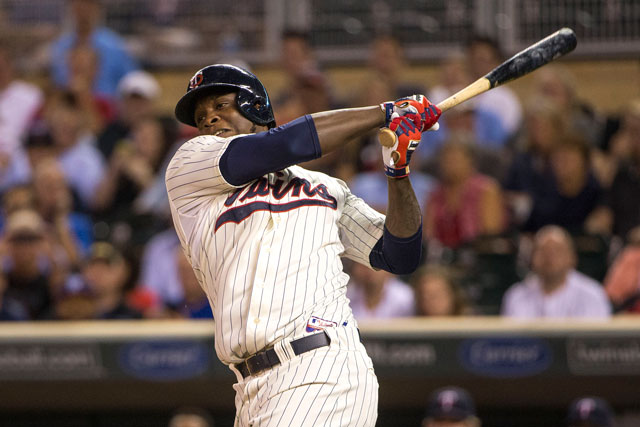
2016 will be better if ... They take they money for Hunter and roll the dice on another starting pitcher. Buxton probably will be a lot better. If Mauer can recover from whatever ails him, but it seems like a long shot anymore.
2016 will be worse if ... Hunter plays in 140 games.
Ridiculously premature 2016 prediction: Hunter will play in 140 games, and the Twins will lose 90 games like people thought they would in 2015.
